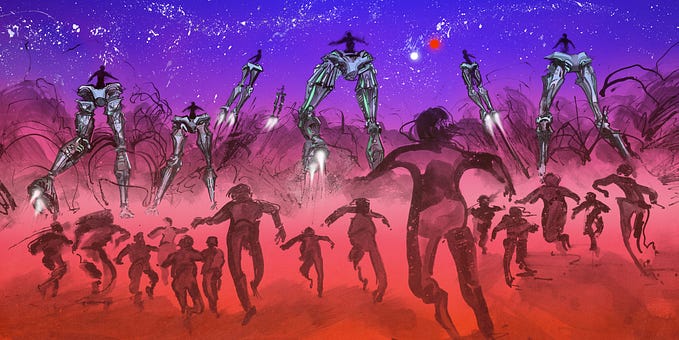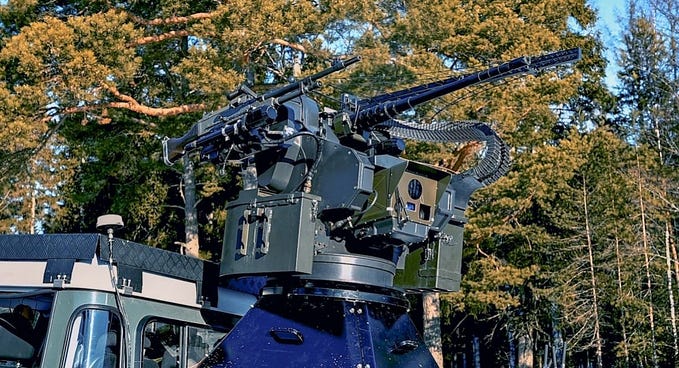Member-only story
How to Protect Protesters in Your Photos and Videos
Simple tools to obscure faces, and erase metadata

More than ever, it seems, people are mindful of how sharing and disseminating images can lead to their identification and prosecution of protesters by law enforcement. In an increasing number of these photos, participants are being digitally anonymized, with their faces, shoes, and clothing logos all blurred out.
But blurring images or otherwise obscuring the subject of a photograph may not always be enough to avoid detection, particularly if a smartphone with the unedited photos is seized by law enforcement. Original images come with metadata that may contain timestamps and location information related to when and where the photo was taken. Such information could be used by police to link protesters to particular places at specific moments.
Software artist Everest Pipkin’s Image Scrubber is a free-to-use tool which enables users to quickly and effectively blur an image while also erasing key identifying metadata. Similar to Microsoft Paint, it’s intuitive to use: Users upload an image, use their brush-like cursor to select the parts they wish to obscure, and then download a clean, anonymized version.
Pipkin’s program erases metadata by taking a sort of screenshot of the original image. “This is what my program is doing. It loads the image into pixels in my code and then redraws the image out again,” they explain to OneZero over email. Their blurring tool is more complex, foregoing a simple algorithmic approach to instead edit the “pixels of the blurred region to induce random noise, pixelation, and aliasing.” They explain that a further “pixel noise is then blurred and composited on top of the photo.” Any attempt to reverse the tool’s blurring would still leave a scrambled image, all but useless to law enforcement.
Once you’ve stripped a photo’s metadata, consider blurring out or covering faces with black boxes. “You should black out or obscure every face, every identifying feature, unique…









